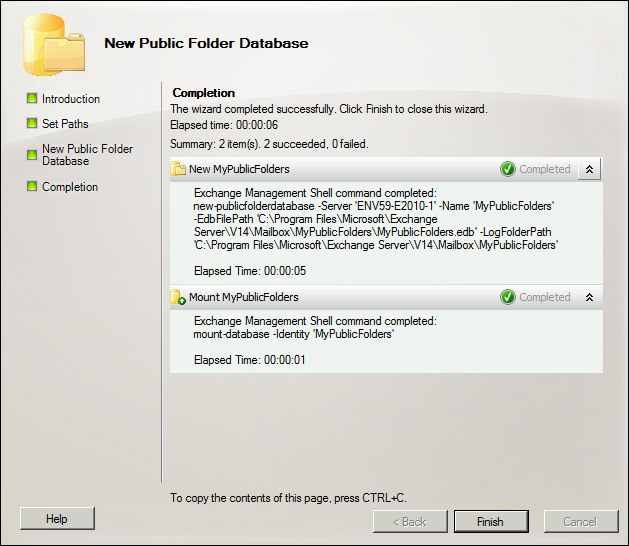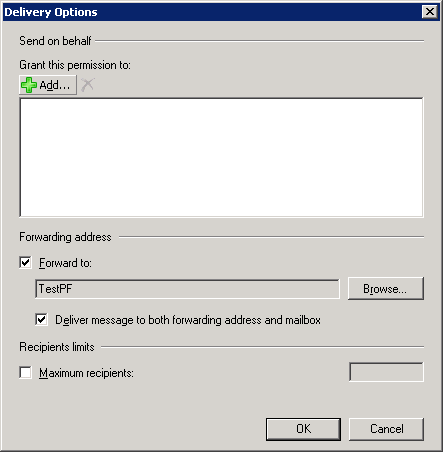

- R1SOFT EXCHANGE PUBLIC FOLDER UPGRADE
- R1SOFT EXCHANGE PUBLIC FOLDER DOWNLOAD
Run the following command to take a snapshot of your mail-enabled public folders:

Get-PublicFolder -Recurse -ResultSize Unlimited | Get-PublicFolderClientPermission | Select-Object Identity,User,AccessRights -ExpandProperty AccessRights | Export-CliXML OnPrem_PFPerms.xml Get-OrganizationConfig | Format-List PublicFolderMailboxesLockedForNewConnections, PublicFolderMailboxesMigrationComplete
To check for any previous migrations and what is the status of these migrations, you can run the following command:. If you want to check if the accepted domain is present, you can run the following command:. Note: In the above script, is your domain. New-AcceptedDomain -Name PublicFolderDestination_78c0b207_5ad2_4fee_8cb9_f373175b3f99 -DomainName -DomainType InternalRelay Check that migration public folders can receive messages by creating an accepted domain. On your Exchange 2013, Exchange 2016, or Exchange 2019 Server, you need to perform the following tasks: The next step is to prepare for the Exchange folders to Microsoft 365 migration. strings.psd1:This support file is used by the Create-PublicFolderMailboxesForMigration.ps1 script and should be downloaded at the same location. You need to run this script on an on-premises Exchange Server. ps1:This script updates the ExternalEmailAddress of mail-enabled public folders in your on-premises environment to that of their Exchange Online counterparts so that emails addressed to your mail-enabled public folders post-migration are properly routed to Exchange Online. strings.psd1:This support file is used by the ModernPublicFolderToMailboxMapGenerator.ps1 script and should be downloaded at the same location. You’ll run this script on an on-premises Exchange Server. ps1:This script creates the public folder-to-mailbox mapping file by using the output from the Export-ModernPublicFolderStatistics.ps1 script. 1:This support file is used by the Export-ModernPublicFolderStatistics.ps1 script and should be downloaded at the same location. 
Export-ModernPublicFolderStatistics.ps1:This script creates the folder name-to-folder size and deleted item size mapping file.strings.psd1:This support file is used by the Sync-ModernMailPublicFolders.ps1 script and should be downloaded at the same location.Sync-ModernMailPublicFolders.ps1: This script synchronizes mail-enabled public folder objects between your Exchange on-premises environment and Microsoft 365 or Office 365.You’ll run this script on the Exchange Server on-premises. ps1: Source Side Validation script scans the public folders at source and reports issues found, along with the actions required to fix the issues.Note: These scripts are copied directly from the Microsoft Docs site. You can find this on the Microsoft Docs site.īelow is a description of all the scripts: Note: We’re not providing the Exchange 2010 migration script URL.
R1SOFT EXCHANGE PUBLIC FOLDER DOWNLOAD
You need first to download all the migration scripts and supporting files from here for Exchange 2013, Exchange 2016, and Exchange 2019. Migration steps (on-premises Exchange Server) You cannot create multiple ones simultaneously in Exchange.
You can perform the migration using a single batch. You can only use an account that has basic authentication enabled and not an account that has MFA enabled as it is not supported. Public folder migration can only be done by using the Exchange Management Shell. MRS proxy needs to be enabled on one of your Exchange 2013, Exchange 2016, or Exchange 2019 Servers. Microsoft 365 allows you to create a maximum of 1,000 public folder mailboxes. 
This limit applies only to the public folder. Anything more than 25GB will need to be cleared out.
Check the size of your public folders. The same applies to on-premises Exchange Server. R1SOFT EXCHANGE PUBLIC FOLDER UPGRADE
You need to ensure that the account performing the upgrade is a member of the Organization Management Role Group in Exchange Online. Otherwise, your migration process will fail. If you have to upgrade Exchange 2013 or 2016 to a supported version, you need to prepare Active Directory. Microsoft strongly suggests reviewing this document before attempting any migration. There are some other prerequisites or requirements you need to take note of for successful migration. If you are running in coexistence mode ( Exchange 2013 coexisting with Exchange 2016 or Exchange 2019), you need to ensure that Exchange 2013 is on CU15 as a minimum.








 0 kommentar(er)
0 kommentar(er)
